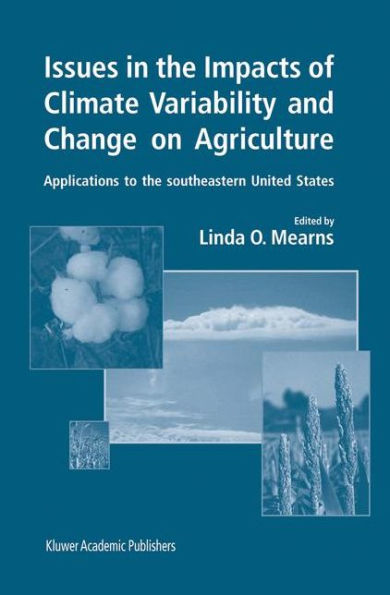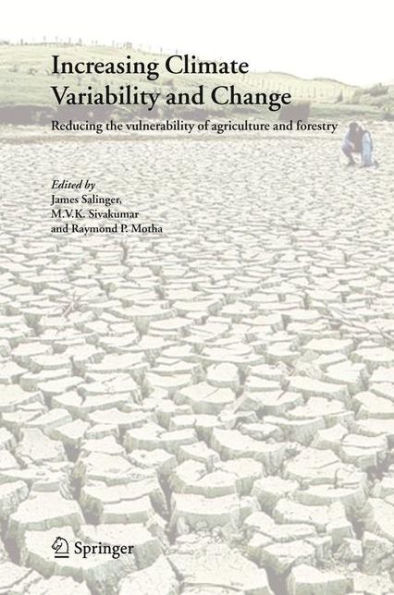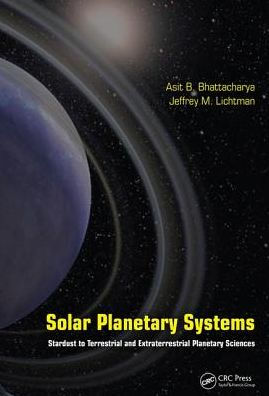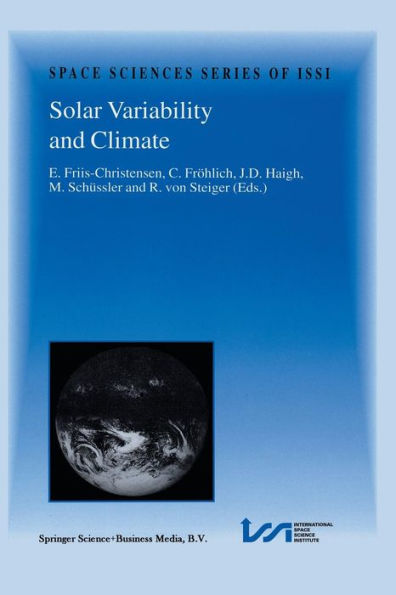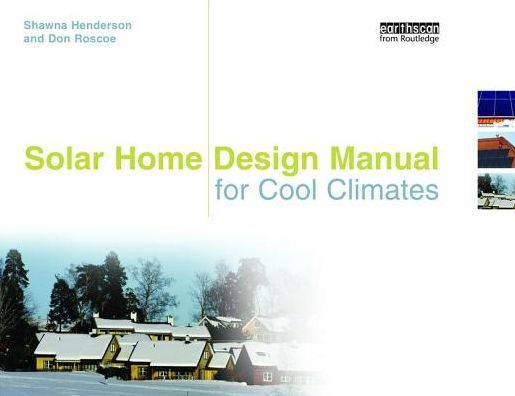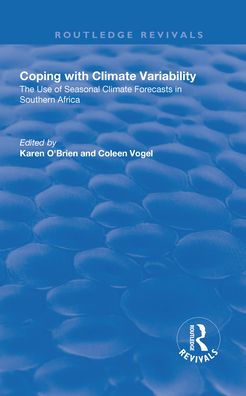Home
Solar Variability and Planetary Climates / Edition 1
Barnes and Noble
Loading Inventory...
Solar Variability and Planetary Climates / Edition 1 in Franklin, TN
Current price: $169.99

Barnes and Noble
Solar Variability and Planetary Climates / Edition 1 in Franklin, TN
Current price: $169.99
Loading Inventory...
Size: OS
2 With a global average irradiance of 342 W/m , the Sun is by far the largest source of energy for planet Earth. In comparison, the internal energy produced by Earth 2 itself is only about 0. 087 W/m (Pollack et al. , 1993), which in turn is 3. 5 times 2 larger than the 0. 025 W/m of heat produced by the burning of fossil fuels. About 31% (31 units) of the solar energy which arrives at the top of the - mosphere is reffected back to space by scattering from clouds, aerosols, and the Earth’s surface. Almost 20 units of solar radiation are absorbed in the atmosphere. The remaining 49 units are absorbed at the surface. Evaporation of water at the Earth’s surface consumes 23 units, and 7 units are transferred to the atmosphere by heat conduction. On balance 19 units are lost from the Earth’s surface as infrared radiation, however consisting of 114 going upward and 95 returning from the - mosphere to the Earth’s surface (see also Rosenfeld, 2006). There is thus a sixfold recycling of energy. This is the greenhouse effect, established by the presence of watervaporandofothergreenhousegases,CO ,CH ,N O,andCFCs,intheatmo- 2 4 2 sphere. Due to human activities the latter have been increasing in the atmosphere, 2 causing climate warming through an energy imbalance of 2. 5–3 W/m , more than 100 times larger than the heat released into the atmosphere by the burning of fossil fuels.
2 With a global average irradiance of 342 W/m , the Sun is by far the largest source of energy for planet Earth. In comparison, the internal energy produced by Earth 2 itself is only about 0. 087 W/m (Pollack et al. , 1993), which in turn is 3. 5 times 2 larger than the 0. 025 W/m of heat produced by the burning of fossil fuels. About 31% (31 units) of the solar energy which arrives at the top of the - mosphere is reffected back to space by scattering from clouds, aerosols, and the Earth’s surface. Almost 20 units of solar radiation are absorbed in the atmosphere. The remaining 49 units are absorbed at the surface. Evaporation of water at the Earth’s surface consumes 23 units, and 7 units are transferred to the atmosphere by heat conduction. On balance 19 units are lost from the Earth’s surface as infrared radiation, however consisting of 114 going upward and 95 returning from the - mosphere to the Earth’s surface (see also Rosenfeld, 2006). There is thus a sixfold recycling of energy. This is the greenhouse effect, established by the presence of watervaporandofothergreenhousegases,CO ,CH ,N O,andCFCs,intheatmo- 2 4 2 sphere. Due to human activities the latter have been increasing in the atmosphere, 2 causing climate warming through an energy imbalance of 2. 5–3 W/m , more than 100 times larger than the heat released into the atmosphere by the burning of fossil fuels.
